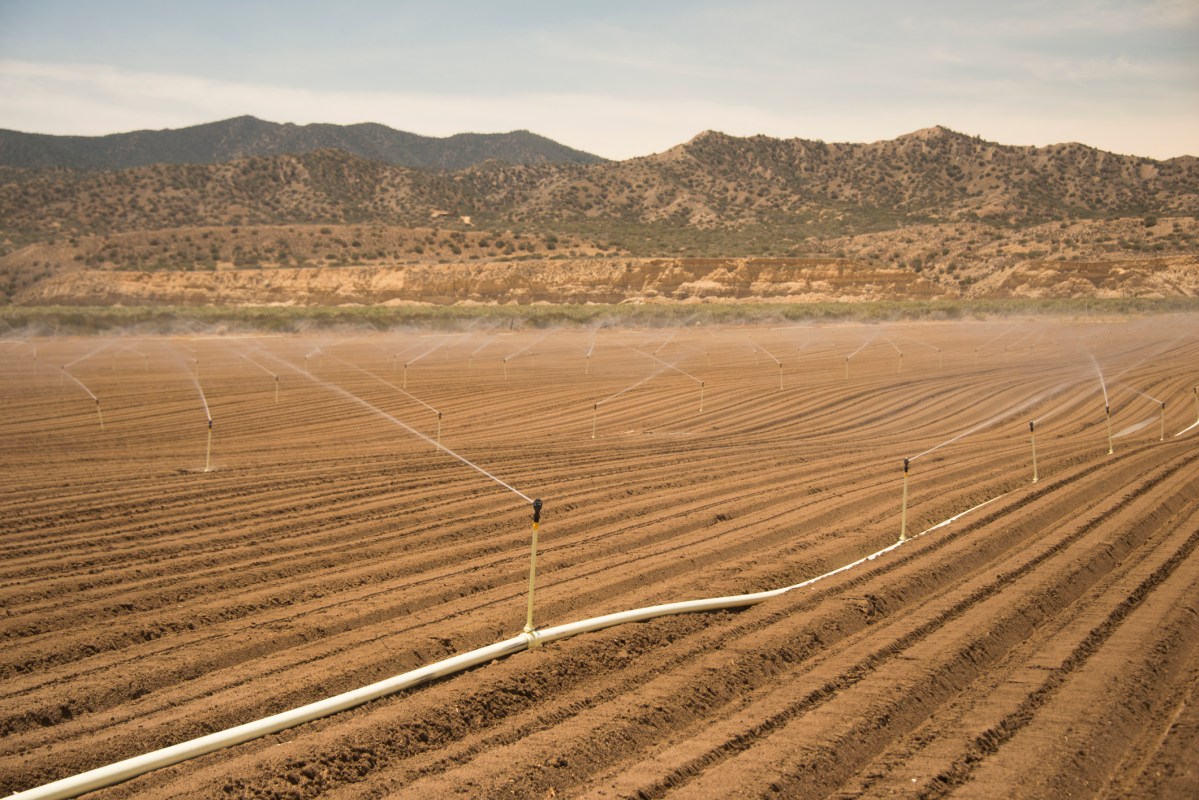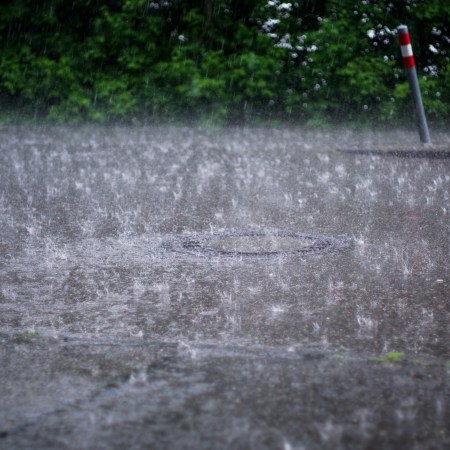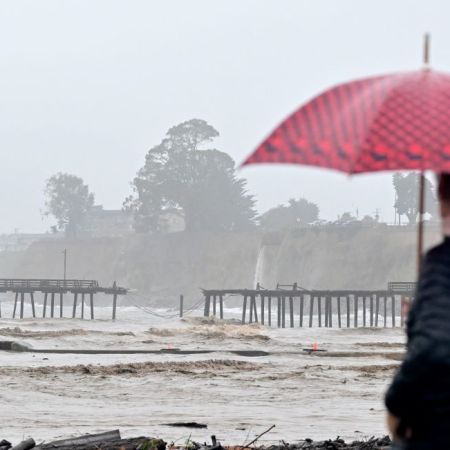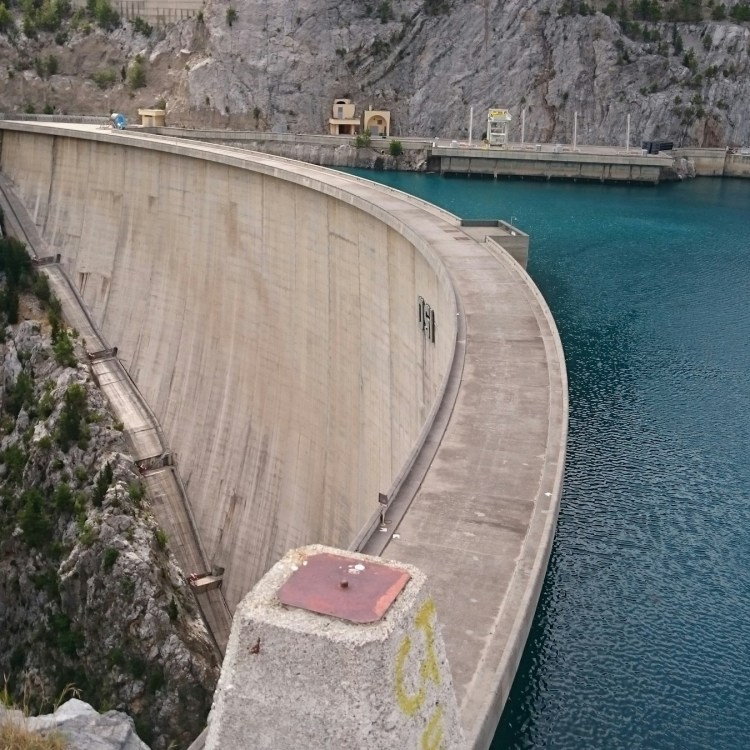The western United States has served as an unpleasant object lesson in how climate change can adversely affect a region in multiple ways. Besides the wildfires and extreme temperatures, several states are dealing with drought conditions. That, in turn, has led to adverse effects on California’s reservoirs and a water shortage on the Colorado River. How do you address questions like this? One plan currently in place offers an elegant solution: offer people who use a significant percentage of water a compelling reason not to use it.
In this case, that means farmers. At the Los Angeles Times, Ian James wrote about the policies in place and the feelings different farmers have on these incentives. The article notes that this is a joint initiative, with the “Bureau of Reclamation, the Metropolitan Water District of Southern California and other water agencies in Arizona and Nevada” all taking part.
So far, the agencies have contributed $38 million towards the initiative. One of the farmers mentioned in the article, Brad Robinson, is getting $909 per unplanted acre this year. Robinson was candid with his feelings about the program. “I think I could make more money farming,” he told the Times. “But for the sake of the Colorado River, I think it’s the right thing to do.”
The article goes on to note that 70% of the water from the Colorado River is used for farmland — so reducing that share, even temporarily, means that the drought’s impacts will be lessened overall. That, at least, could be welcome news for those monitoring the progress of climate change.
Thanks for reading InsideHook. Sign up for our daily newsletter and be in the know.


















